By Curt Burnette
In her book, Freckles, Gene Stratton-Porter created a character called Black Jack, whom she describes as a villain whose "face is coarse and hardened with sin and careless living." He is a tree poacher in the Limberlost, cutting and stealing trees from property owned by the Grand Rapids Lumber Company. He is a dangerous man, who even goes so far as to kidnap Freckles.
In A Girl of the Limberlost, Gene created another character called Pete Corson, who is a member of a gang of troublemakers, who frequent the Limberlost. Although he helps Mrs. Comstock catch moths one night in the swamp, he cautions her that her lights will summon others who will ride like fury to get there and "they won't be nice Sunday school men."
These men are works of fiction, but the Limberlost Swamp and other wetland areas which were remote and difficult to access actually did harbor criminals and outlaws. At the end of August and the beginning of September of 1900, police from Muncie and Portland searched the Jay County portion of the Limberlost---the Loblolly---for several days in an attempt to capture the Keating brothers. The brothers were wanted for the murder of a Muncie man, who had been stabbed in the neck with a knife. The search was unsuccessful. But a bloody pair of trousers and a blood-stained knife were recovered from the residence of a brother-in-law who lived near the swamp.
In the vast Grand Kankakee Marsh of northwest Indiana, there were two islands located deep within which were notorious hideouts for counterfeiters, horse-thieves, and murderers. Big Bogus Island and Little Bogus Island got their names from the bogus coins the counterfeiters made there. The islands were surrounded by water and marshy terrain, which made it very difficult for law enforcement to sneak up on the lawless inhabitants. The outlaws, however, knew of a hidden sand ridge located just beneath the surface of the water that zigged and zagged its way to their hideaway. At the one spot where the ridge ended before it reached the islands, the resourceful outlaws constructed a 300-foot long submerged log corduroy road on the muck of the marsh bottom. This "hog-back highway" allowed them to come and go easily while officers of the law were floundering through deeper water on their horses.
Many other types of rugged, inaccessible terrain have been used as hideouts. One of the most famous is the Hole-in-the-Wall Pass in the mountains of Wyoming, where for more than 50 years famous outlaws, such as Butch Cassidy and The Sundance Kid, were able to successfully elude the posses sent after them. Wetlands, however, have always been one of the best spots for the lawless to hide, from the pirate Jean Lafitte in the vast swamps south of New Orleans, to Black Jack of Gene Stratton-Porter's fictional version of the Limberlost Swamp.
Source: Berne Tri-Weekly, October 2013.

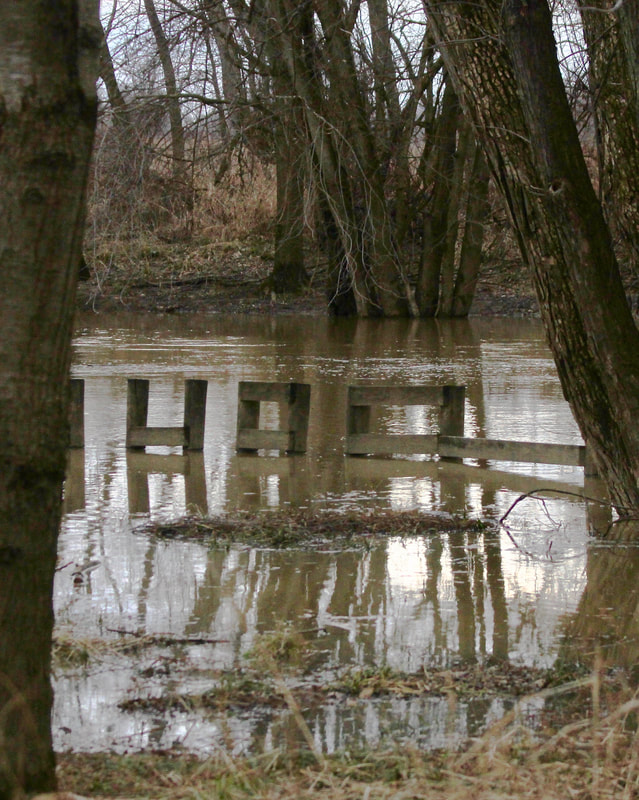
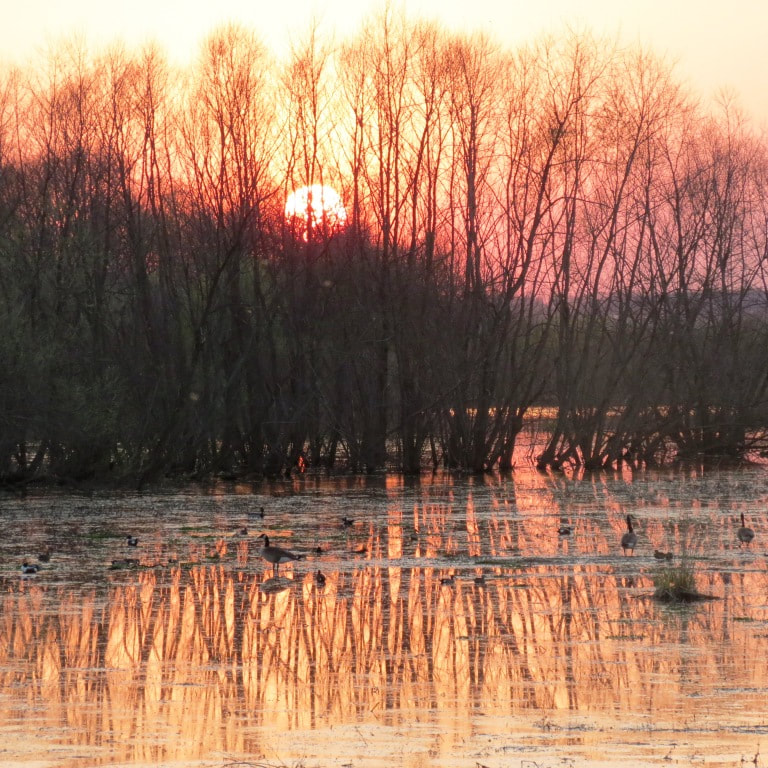
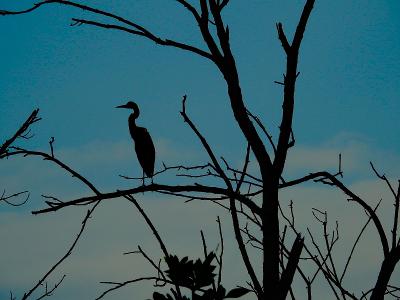

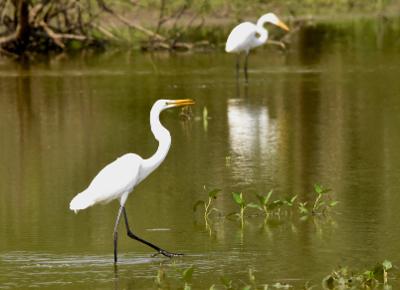
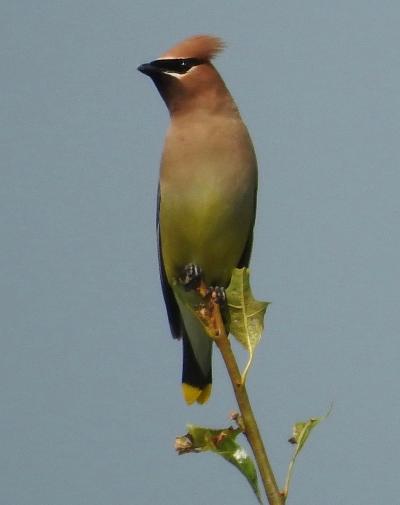
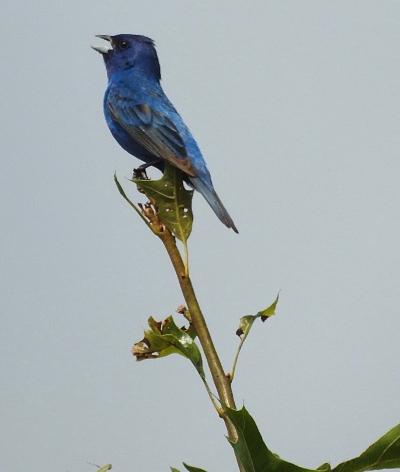
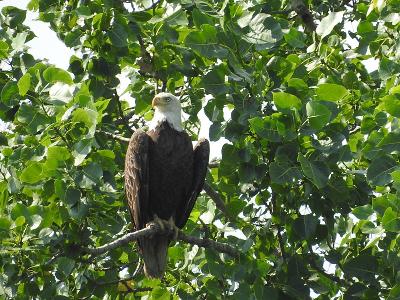
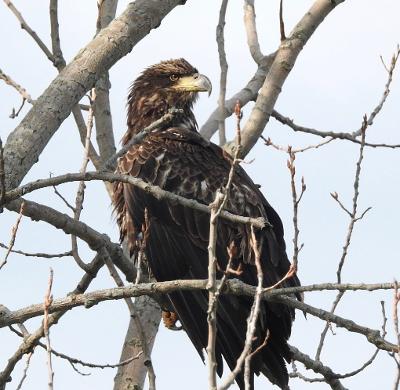
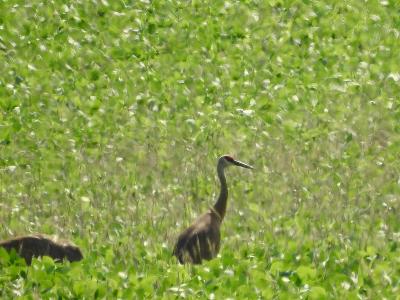
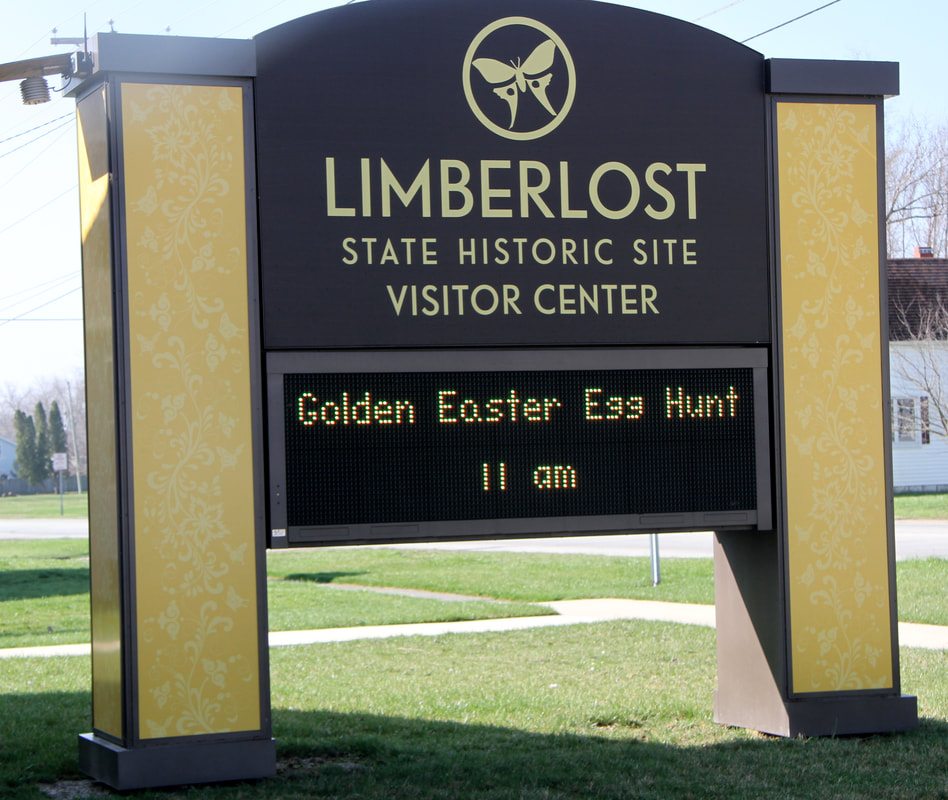
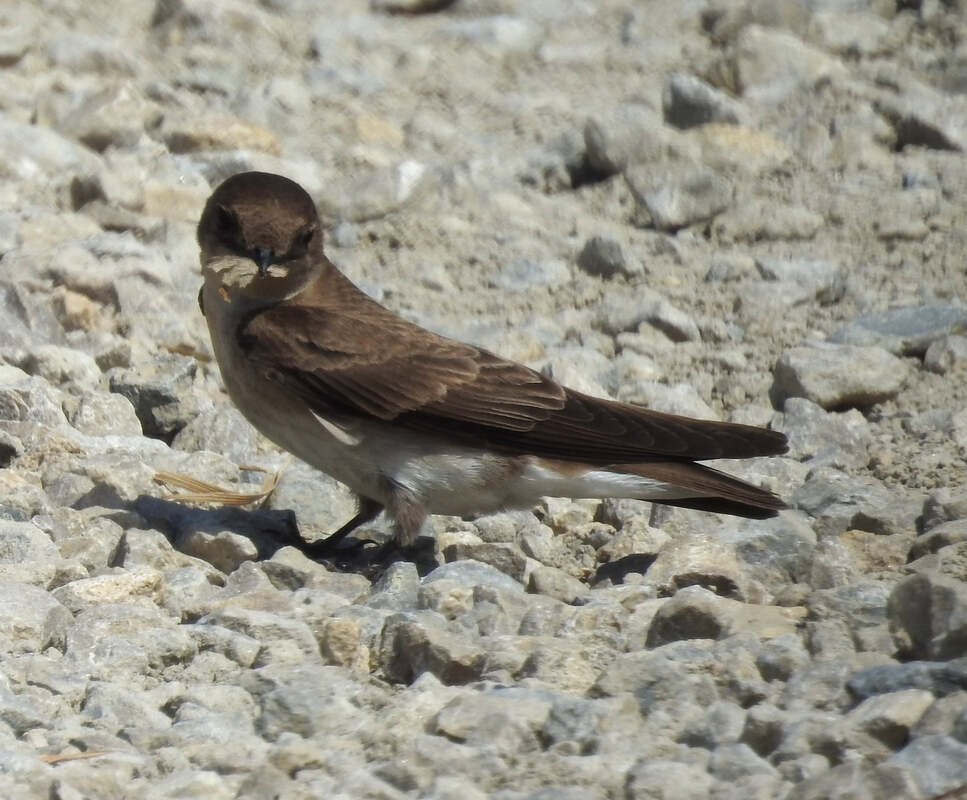
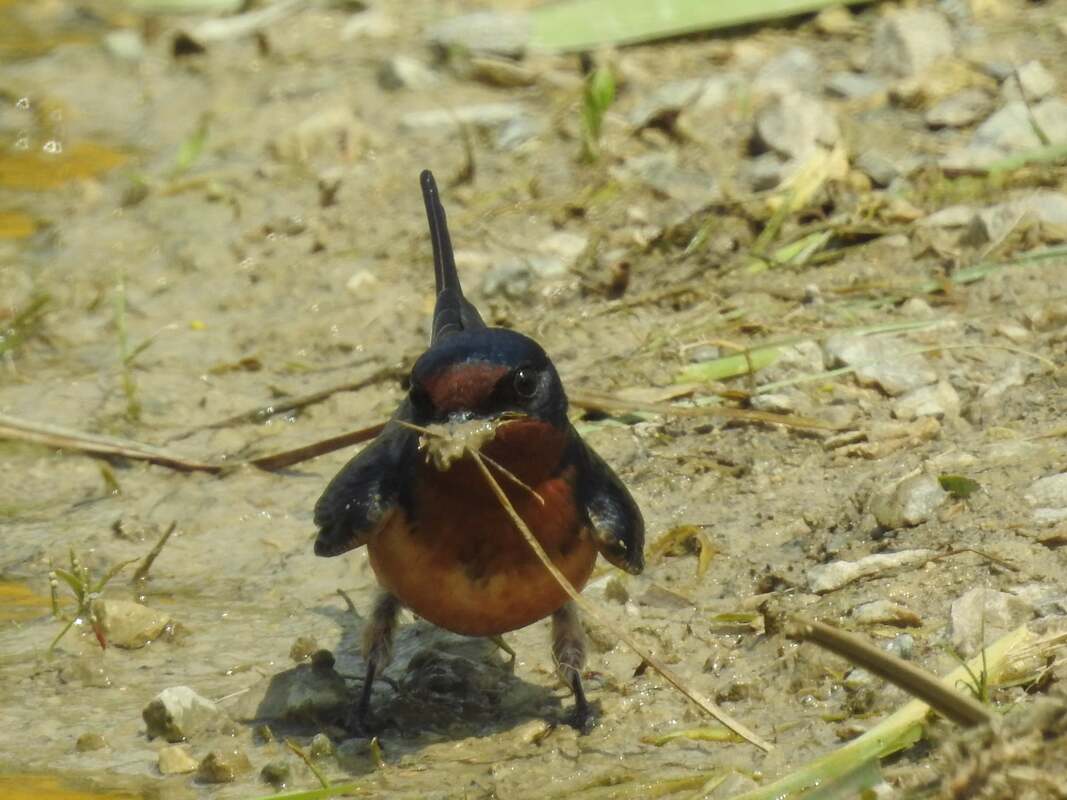
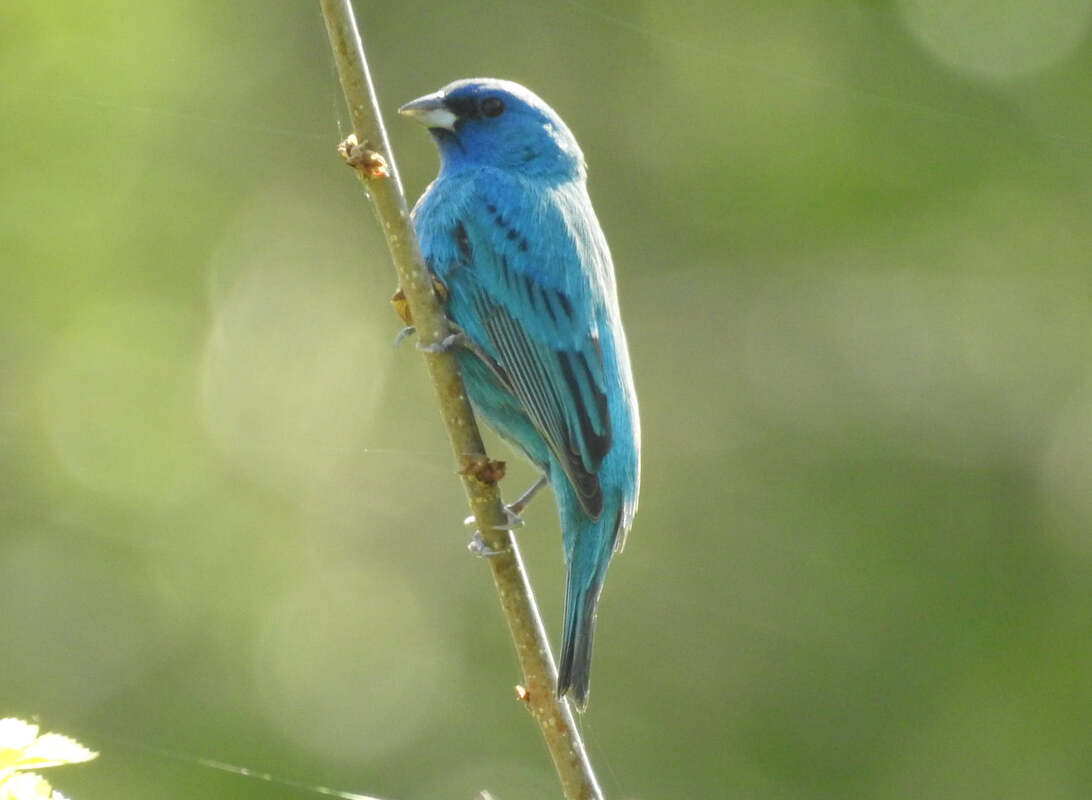
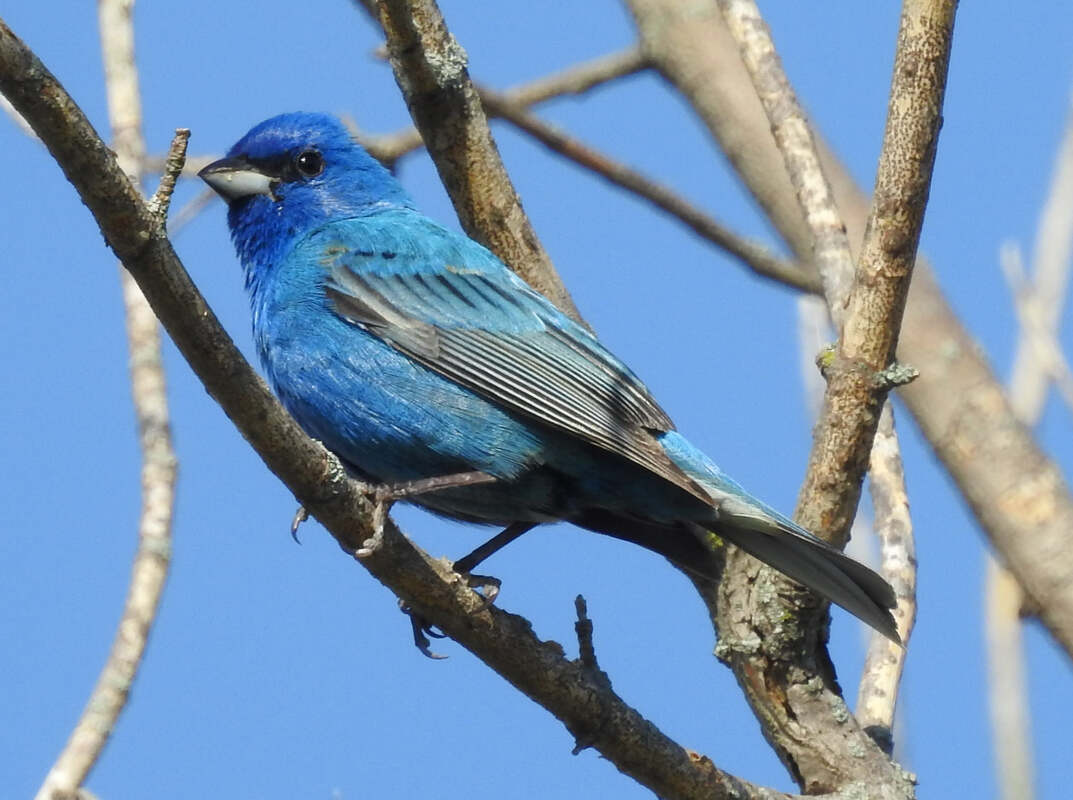
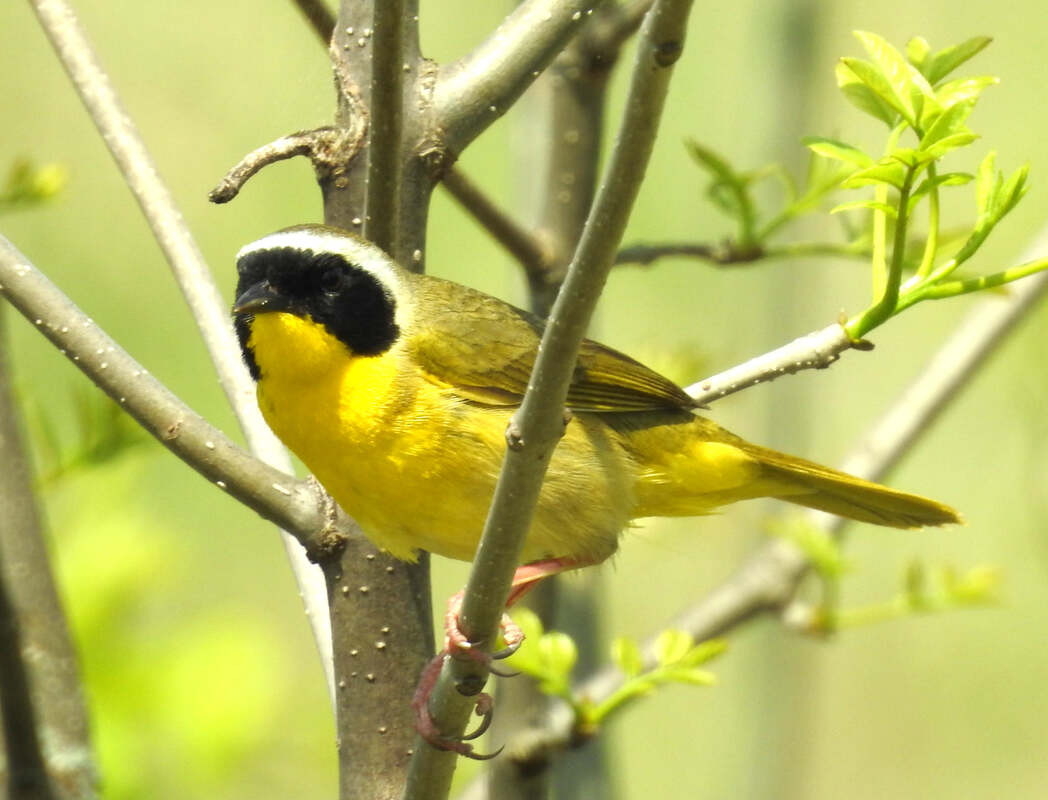
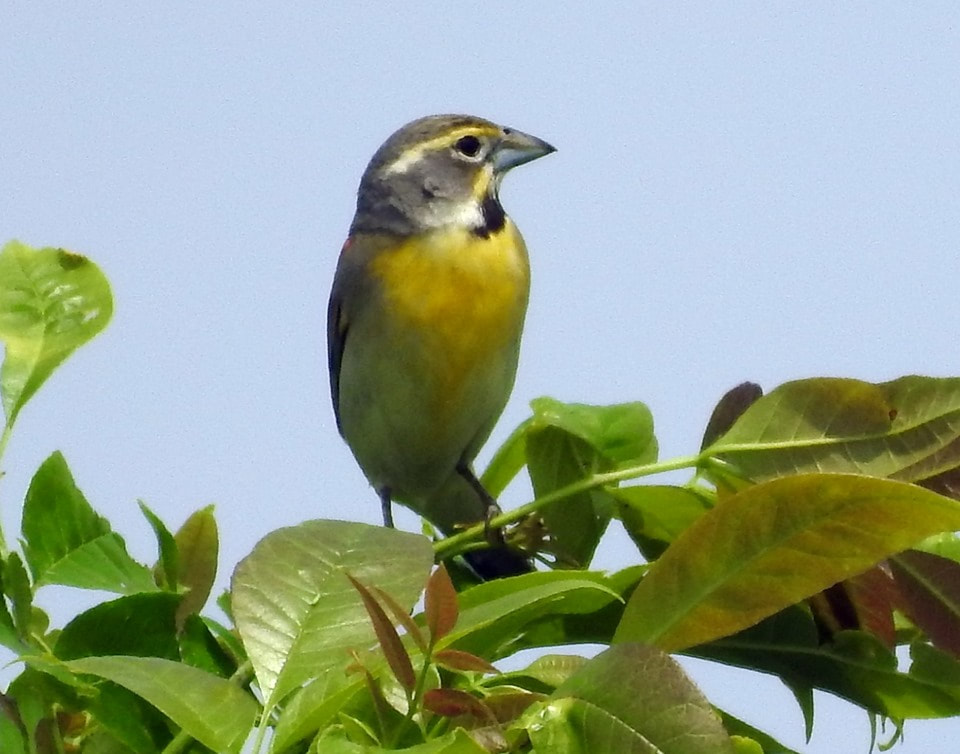
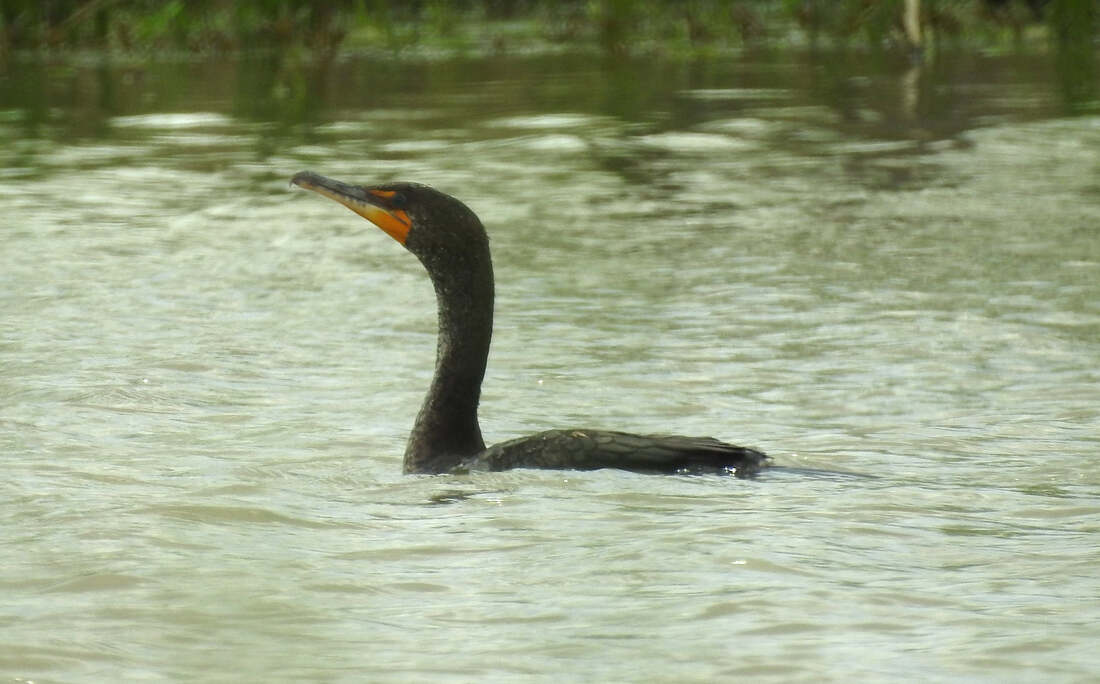

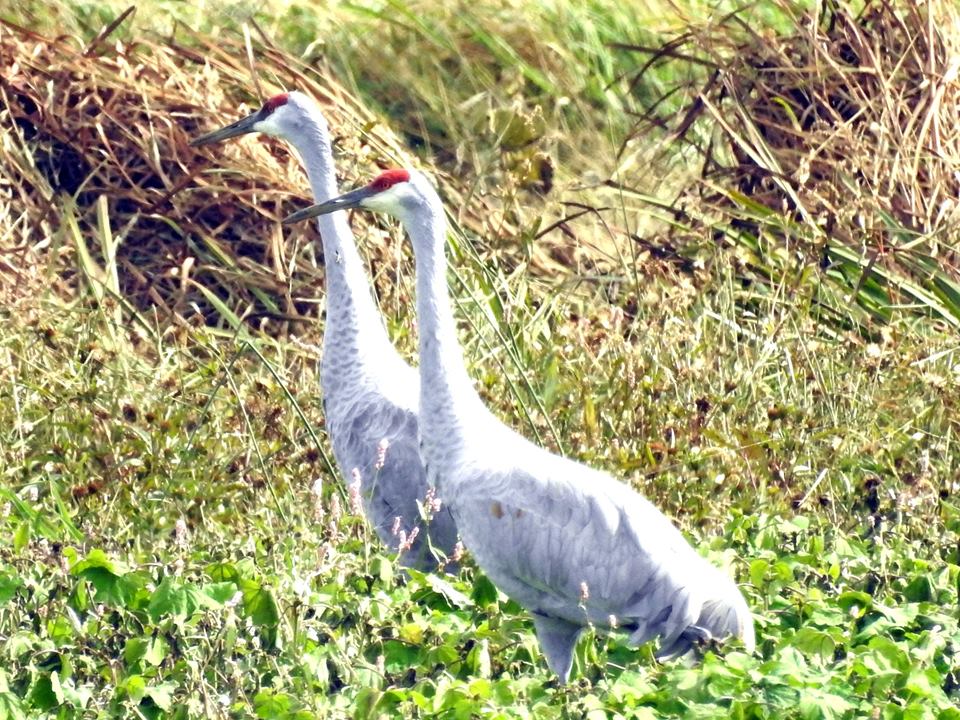
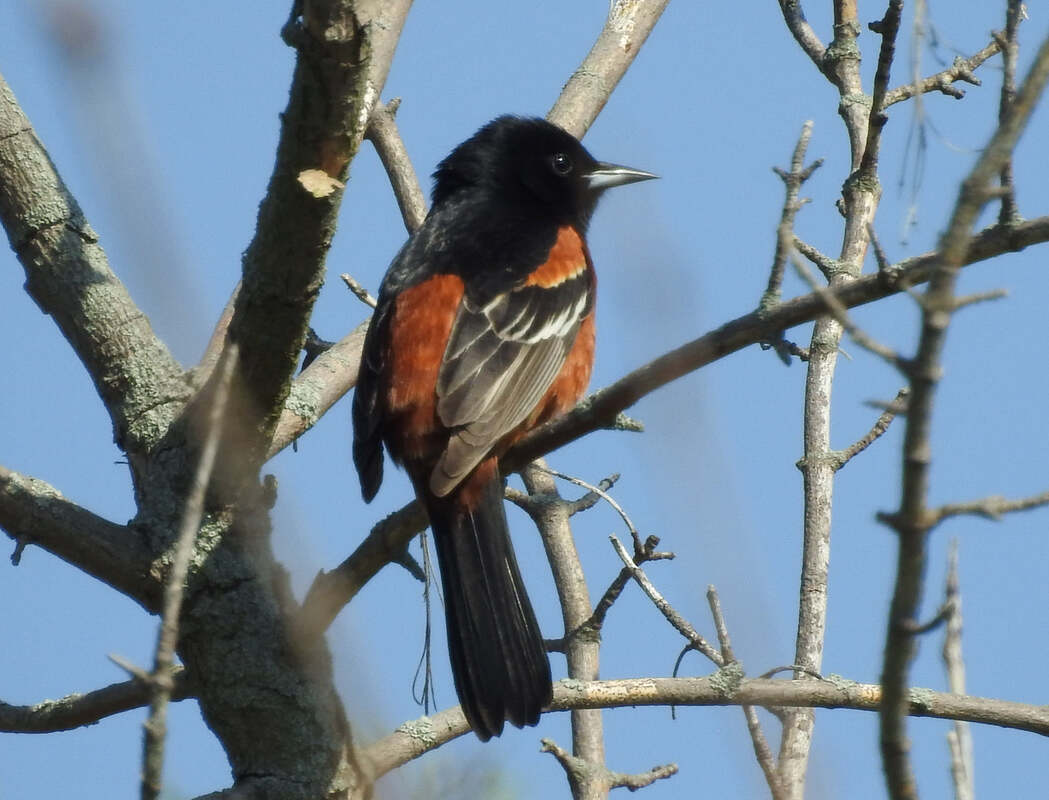
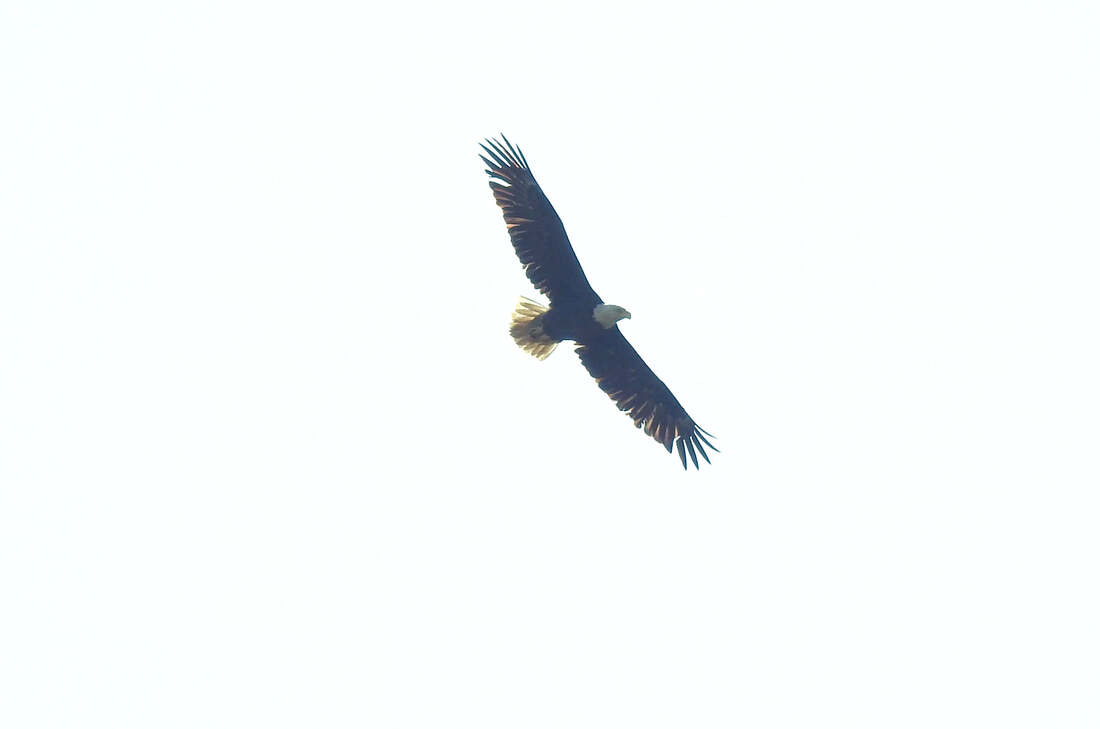
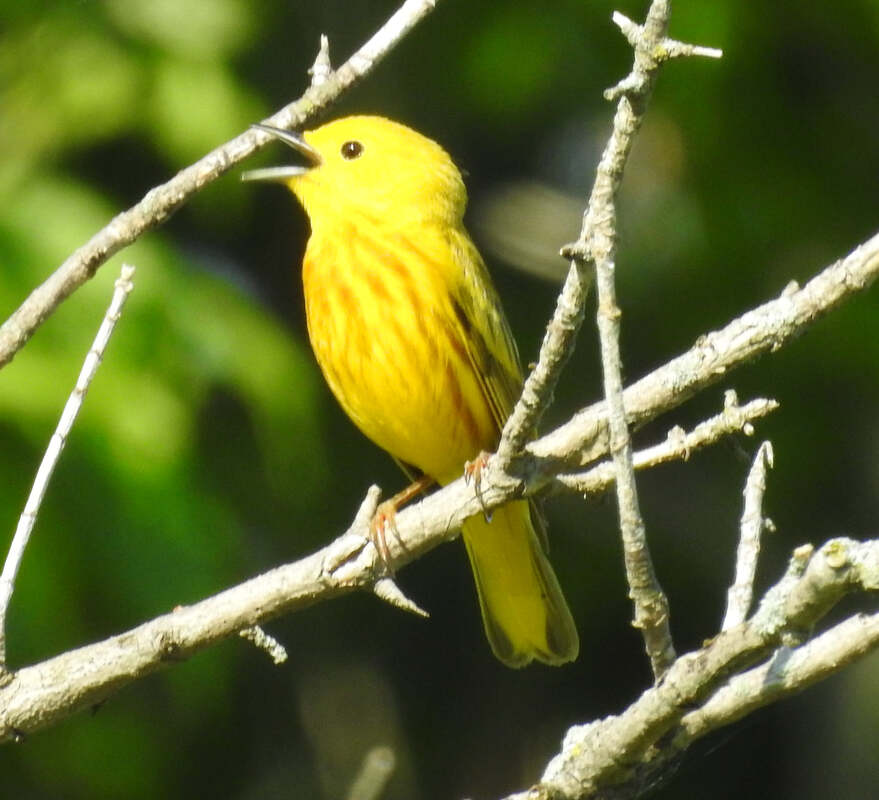
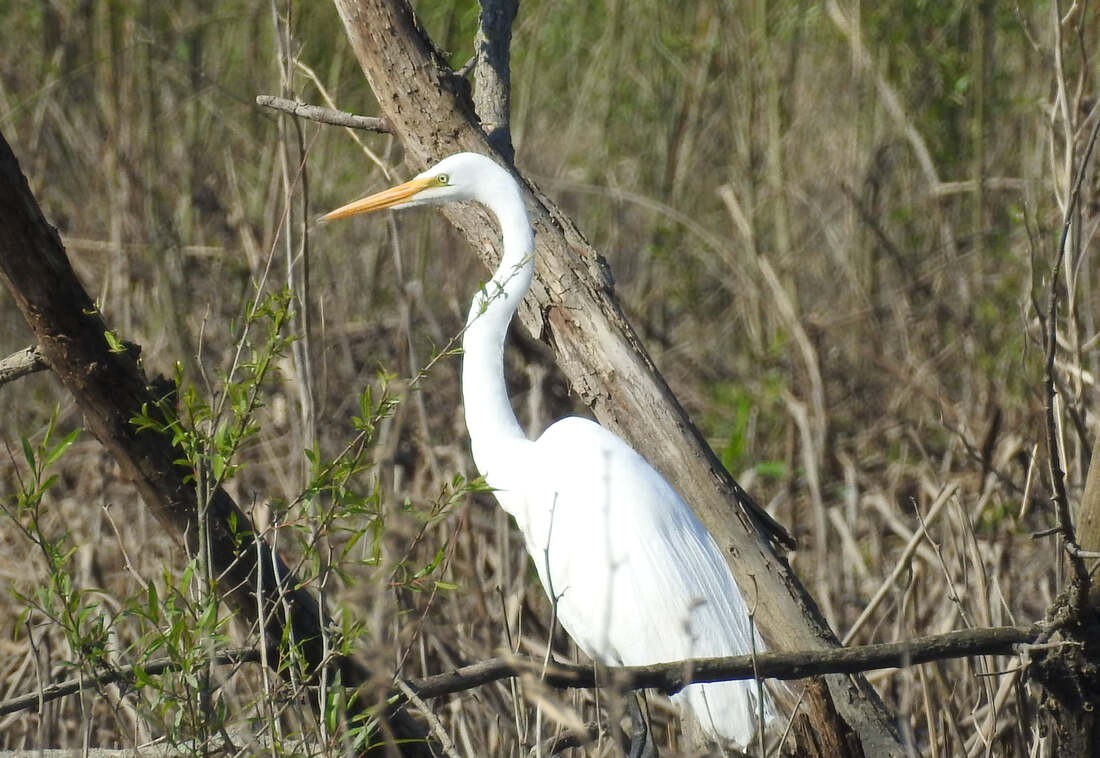
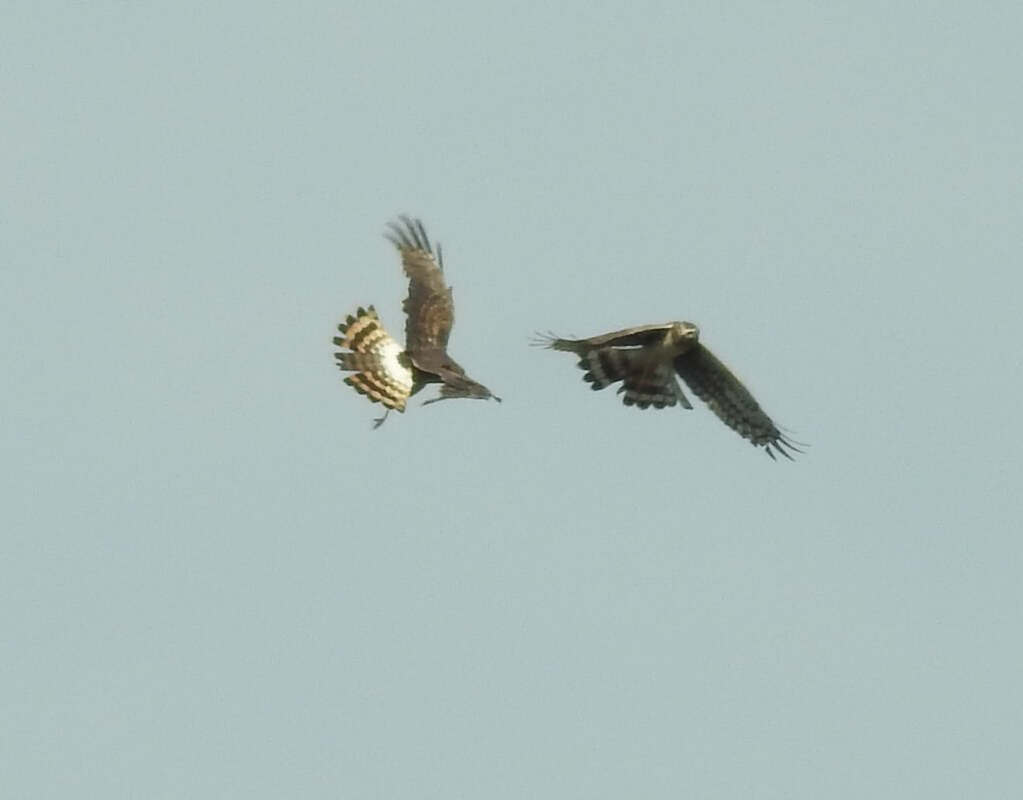

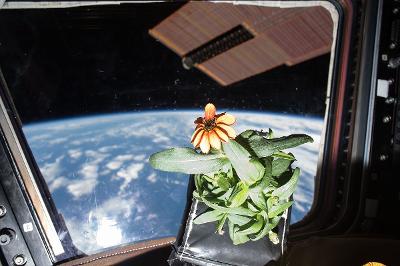

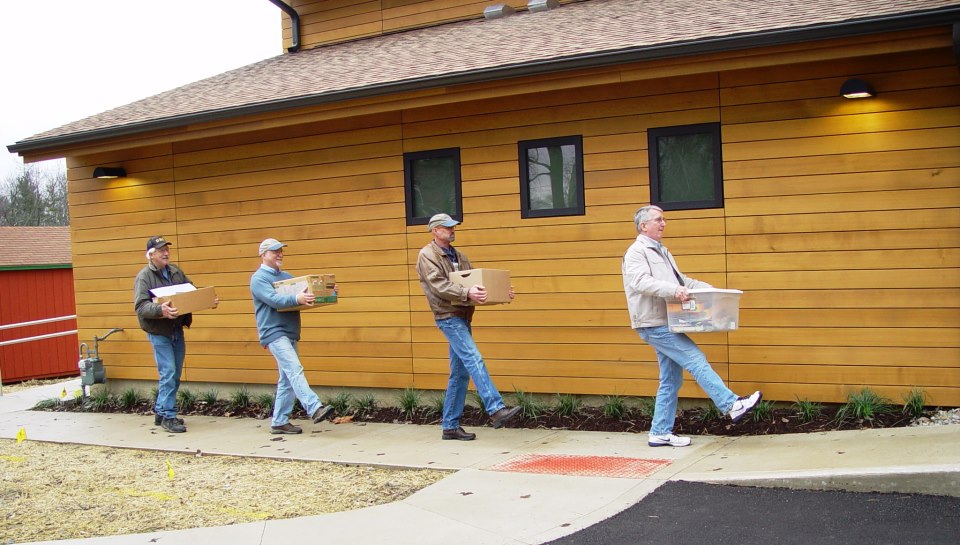
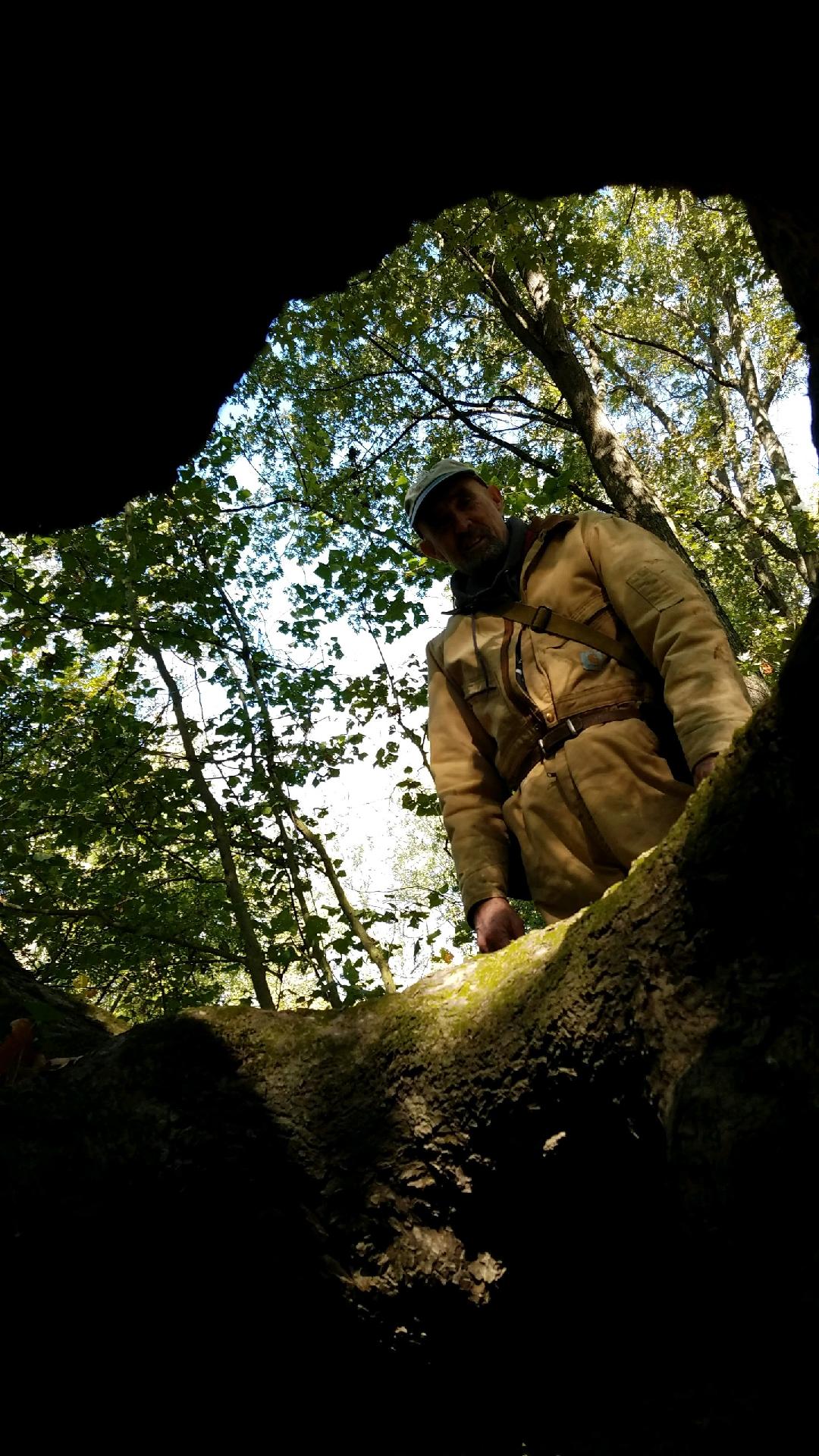
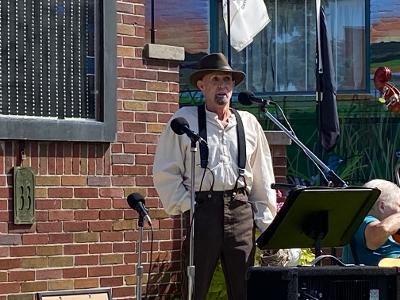
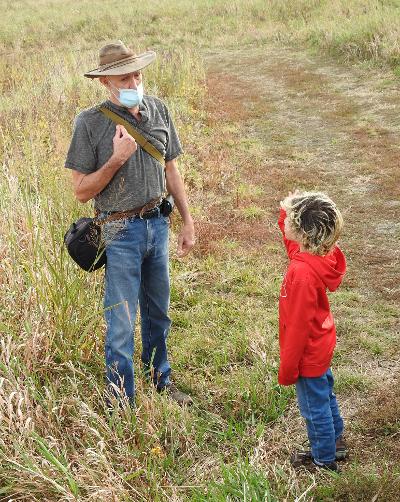
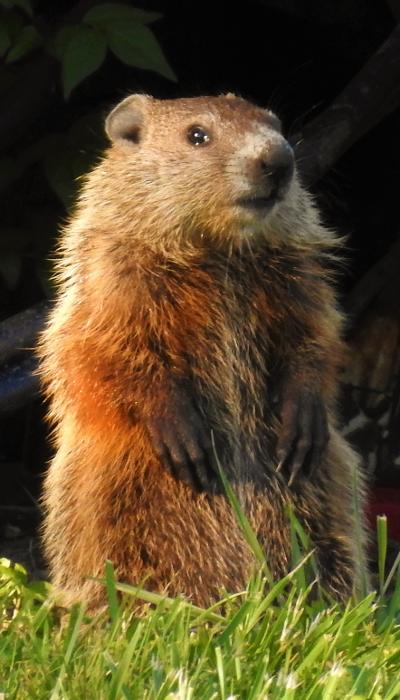

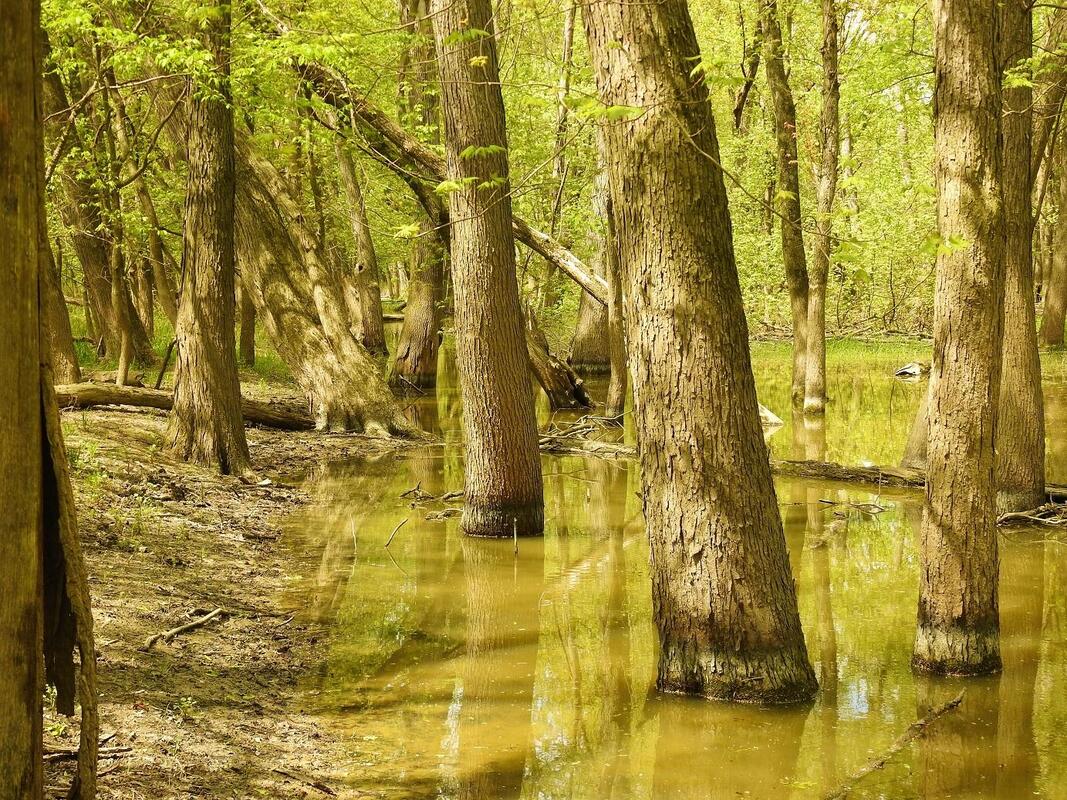
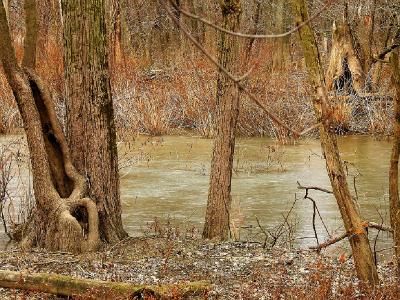
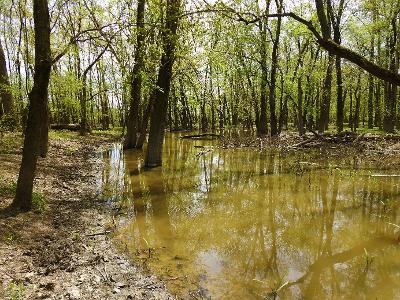
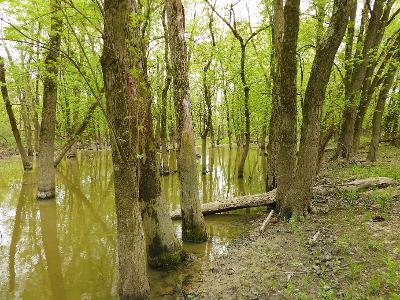
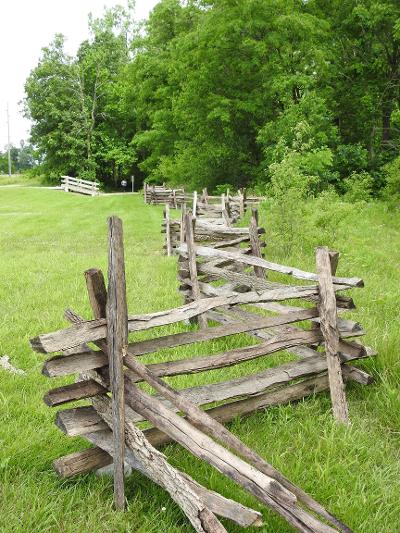
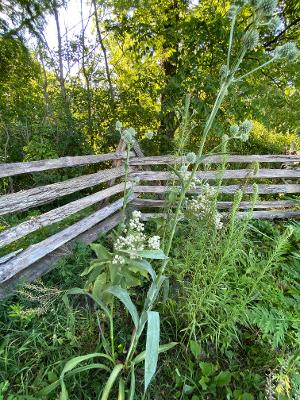
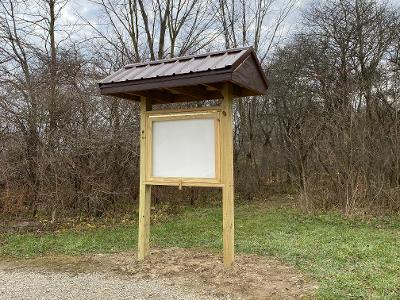
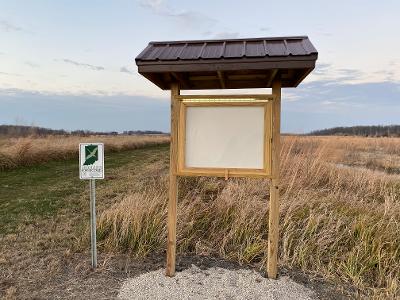

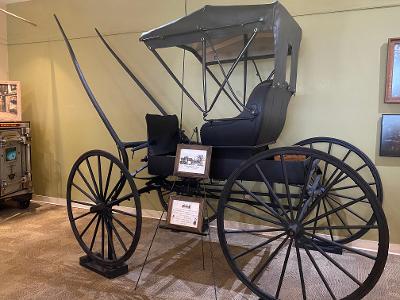
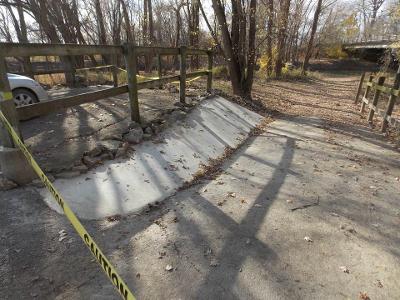
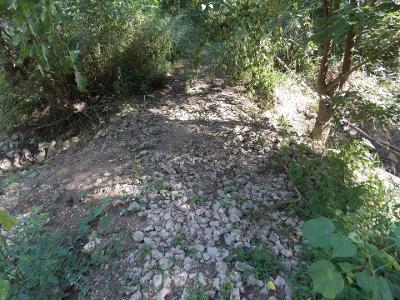
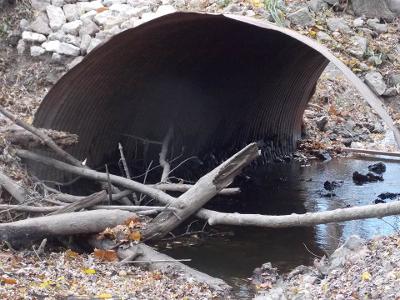
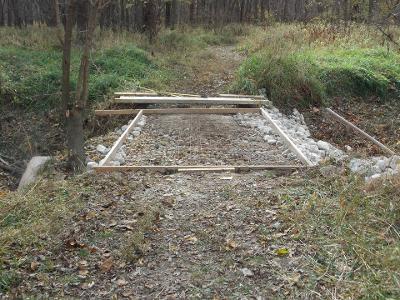
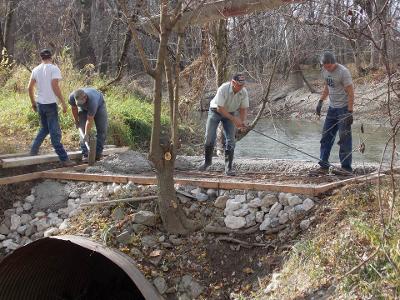
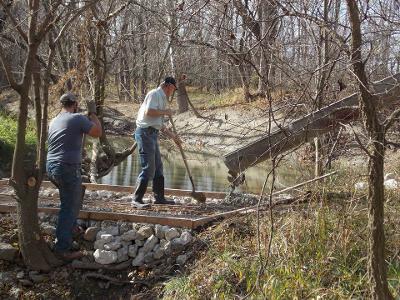
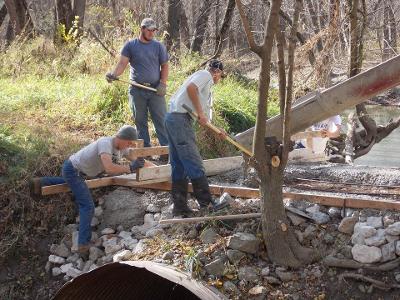
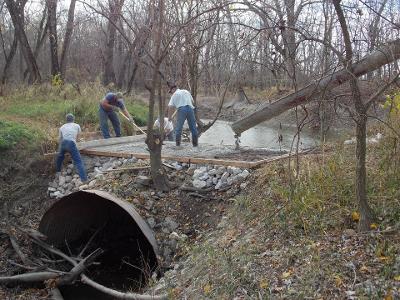
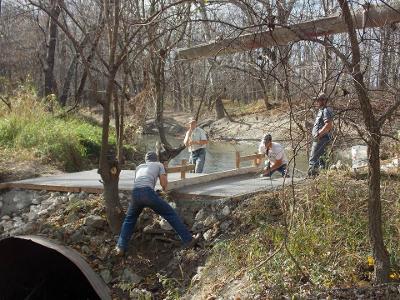
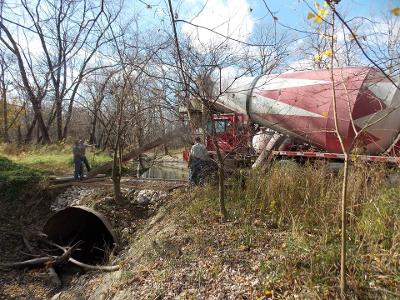
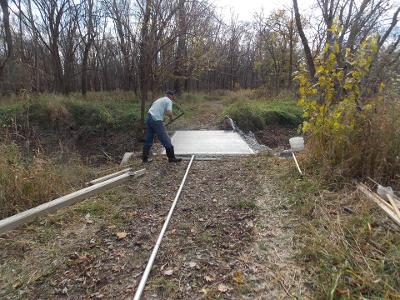
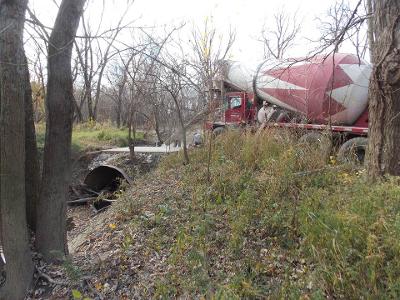
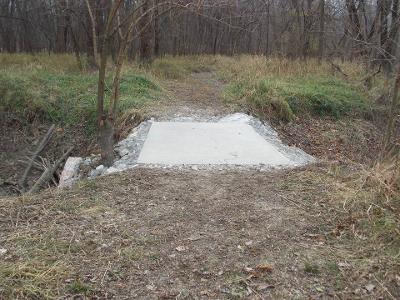
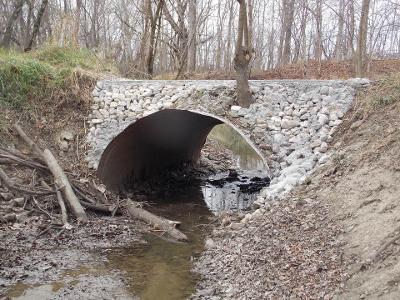
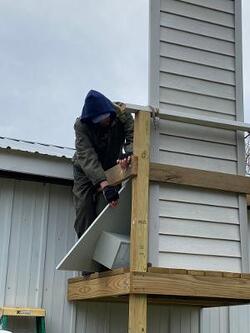
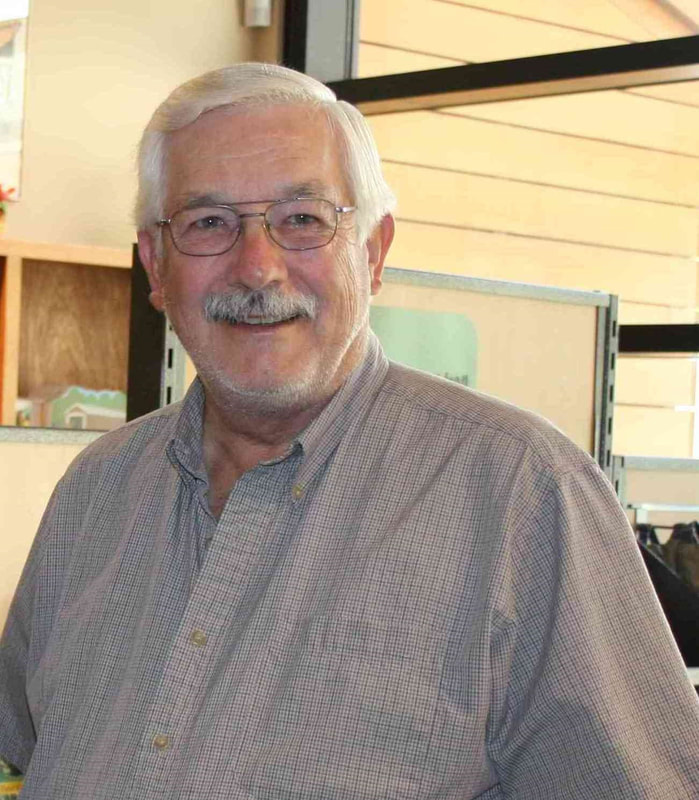
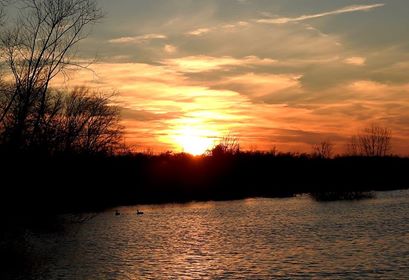
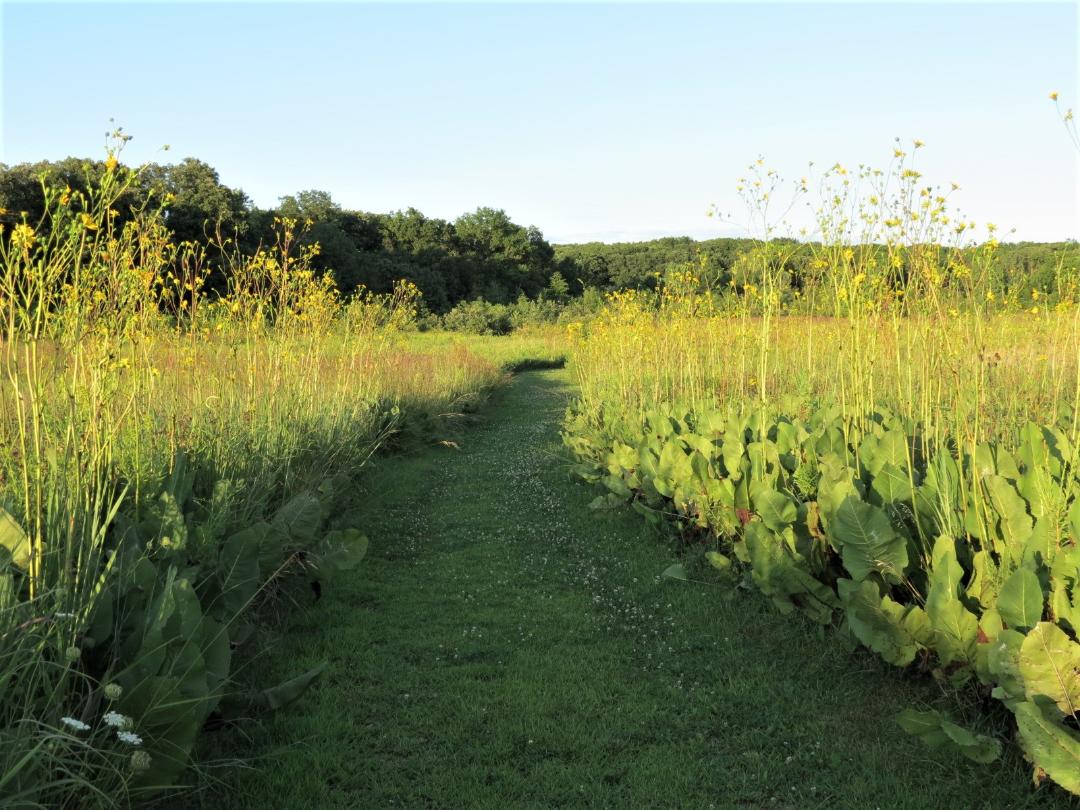
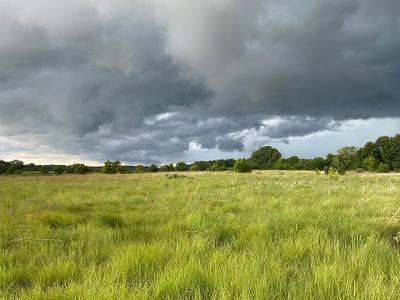
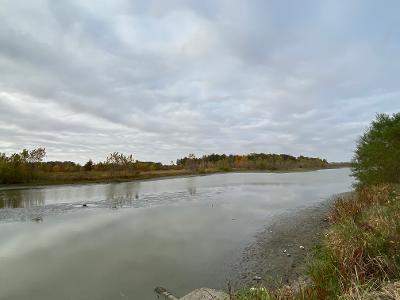
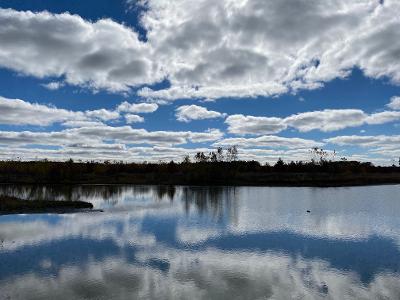
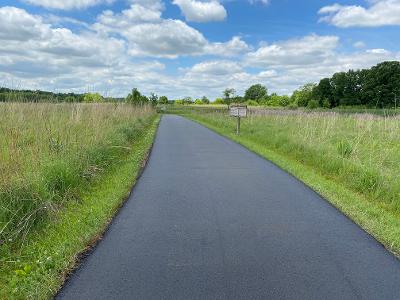
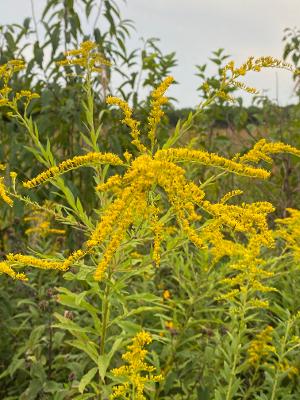
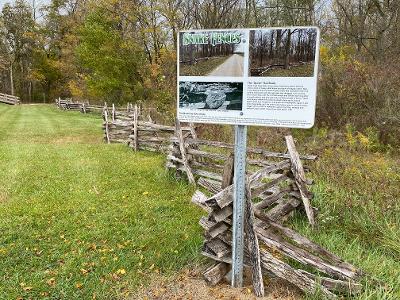
 RSS Feed
RSS Feed
